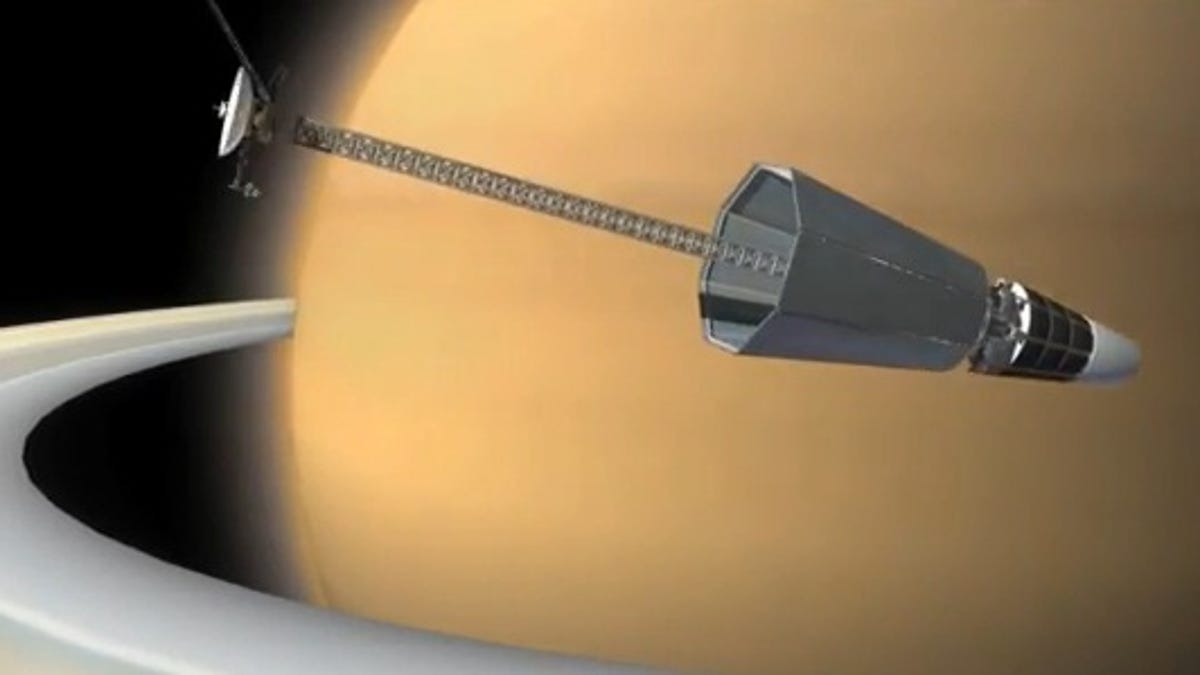DOE, NASA testing fission reactor for spaceflight
This uranium-based reactor would use nuclear fission energy to power small spacecraft and possibly installations on Mars.

Why don't we have warp drive yet? Well, because, according to "Star Trek" lore, inventor Zefram Cochrane hasn't been born yet.
Baby Zefram is due in about 20 years, but in the meantime NASA and the Department of Energy are working on something somewhat tantalizing if you're planning a deep-space probe.
Researchers including engineers from Los Alamos National Laboratory have demonstrated a nuclear reactor that could power spaceflight. It's nowhere near as powerful as NASA's conceptual antimatter engine--the Demonstration Using Flattop Fissions (DUFF) experiment produces just 24 watts of electricity.
The researchers used a heat pipe to cool a small nuclear reactor and power a Stirling engine, according to the lab, yielding "a simple, reliable space power system." It was the first space nuclear reactor experiment in the U.S. since 1965.
A proposed craft using the system would be powered by a 50-pound hunk of enriched uranium that sits inside a 12-inch reactor core, as the video below illustrates. Having more power aboard a probe could mean more instruments or faster data transmission.
Heat pipes -- a cooling technology used in many laptops -- distribute the fission heat to eight Stirling engines that would produce about 500 watts of power. In contrast, the Cassini-Huygens probe is powered by 72 pounds of plutonium-238, which generated about 880 watts at its launch in 1997.
The researchers believe the reactor could be adapted to applications such as power plants on the surface of Mars, or more elaborate spacecraft.
"The heat pipe and Stirling engine used in this test are meant to represent one module that could be used in a space system," Marc Gibson of NASA Glenn Research Center said a Los Alamos statement. "A flight system might use several modules to produce approximately one kilowatt of electricity."
Dilithium crystals it ain't, but let's be optimistic.

